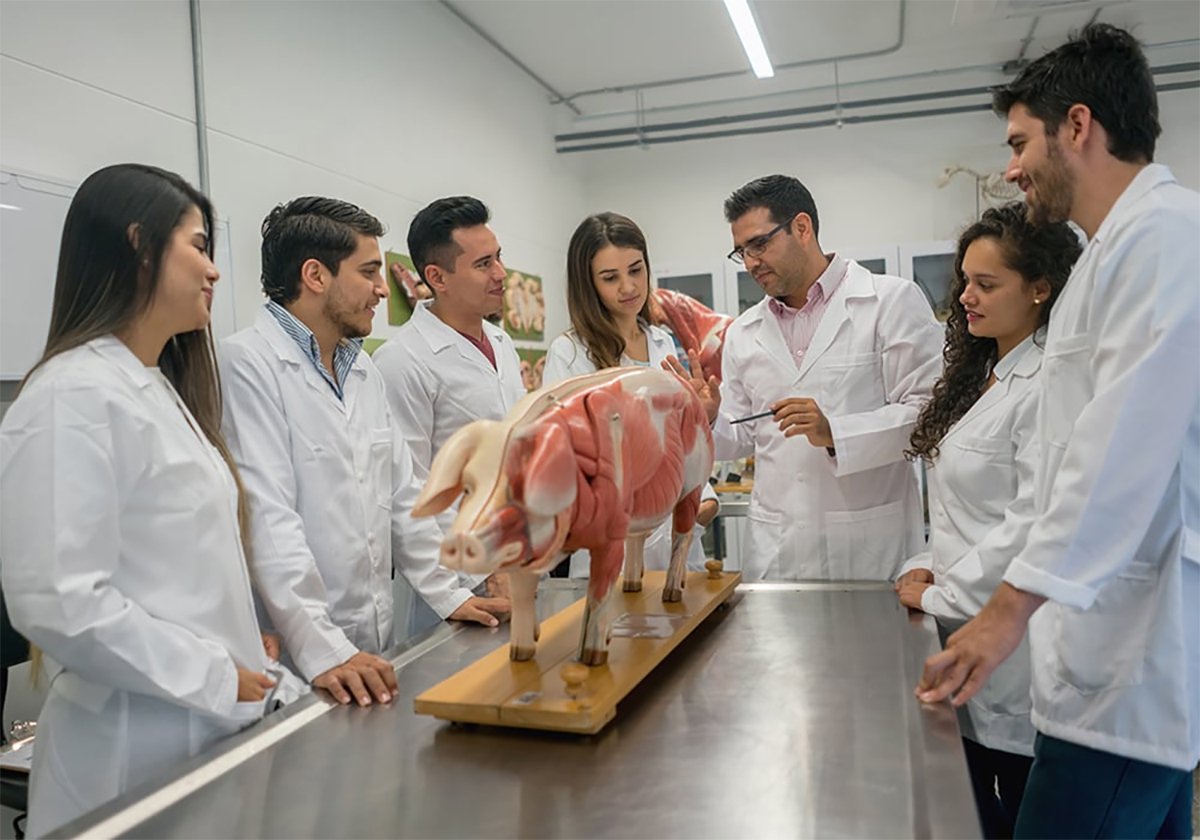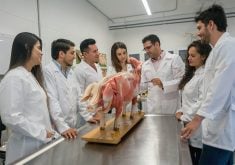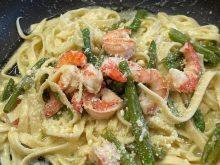EDMONTON — From a YouTube ad portraying a shady guy dealing in protein bars to a student chef explaining the importance of simple ingredients, Alberta Pulses’s annual student food competition showed imagination and humour.
Mission Impulseible, which is in its 10th year, asked students to create new ways of cooking with peas, beans and lentils.
Held in Edmonton in March, the competition required a new food product along with a marketing plan that appeals to millennials.
Many of them are looking for food that does not contain common allergens like nuts, dairy or gluten.
Read Also

Students urged to consider veterinary medicine
Alberta government makes $86.5 million investment in University of Calgary to double capacity for its veterinary medicine program to address labour shortages in the field.
“Millennials today are pretty health conscious about what they eat. Nobody likes the product they can’t pronounce or know nothing about,” said contestant Crandell Houle, who created a crunchy cereal with grains, lentils, chickpeas and maple flavour.
Entries included a dairy-free pudding, an energy bar and a pulse-based cereal.
The top price and $1,000 went to a University of Alberta team that produced a protein bar called Curry in a Hurry. It was made from fruit, pulses and a smidgen of curry for a unique flavour.
Pulses could be the next “it” food because of the high protein and fibre content based on plants that are not genetically modified.
“In the target research, we are finding with that millenial market they are very much interested in all natural ingredients, organic, non-GMO, free from whether they need it or not,” said Debra McLennan of Alberta Pulse.
Promoting pulses was a big deal in 2016 for the Alberta Food Processing Development Centre at Leduc. Pulse farmers are looking for ways to add value to crops grown on the Prairies, rather than shipping them to China or India as a bulk commodity.
Working with industry partners who wanted some new ingredients for their products, food scientists at Leduc and companies worked together to develop new products with pulses as a base.
“Our main idea is commercialization. Not only did we develop a proactive idea for the new product, we also established an industry relationship,” said Jay Han of the centre.
The centre partnered with seven companies and created 11 products. All were often looking to create gluten-free, non-GMO items to add to their product lines.
One product used pulses to make a gluten-free licorice. Ordinary licorice contains about 25 percent wheat flour, so a red lentil flour was substituted to maintain the same texture and flavour.
Another company was looking to expand its line of frozen non-dairy desserts using pulses as an emulsifier.
A company at Canmore called Mutt Hut wanted to make gluten-free dog treats. Wild boar meat is mixed with green peas and lentils.
A meat processor wanted a new binder for sausages.
A pasta manufacturer had been trying to add a gluten-free line for spaghetti and linguini.
Past attempts were not successful but they were able to come up with a flour made of chickpeas and red lentils for tortellini and ravioli.
A candy bar where fababeans were substituted for nuts, a chili meat bar and macaroons were also created with the possibility of commercial development.
In addition, Alberta Pulse has created a new free recipe book where lentils, beans and chickpeas are included in soups, casseroles, breads and desserts.
















